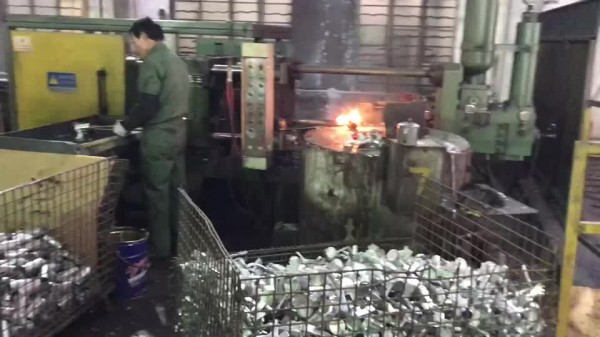What are the common problems with stamping parts?
1. Adhesion and scratches: Defects that occur on the surface of the workpiece or mold due to friction between the material and the convex or concave mold;
2. Burr: It mainly occurs in the shear mold and the blanking mold, and the gap between the cutting edges may be large or small, resulting in burrs;
3. Line offset: When forming a workpiece, the first part in contact with the mold is squeezed and forms a line;
4. Convex and concave: Foreign objects (iron filings, rubber, dust) mixed into the uncoiling line, causing convexity and concave;
5. Twist: Due to uneven stress, poor matching of stretching ribs, or poor control of the press slider, the corners or embossed parts of the workpiece undergo twists and strains;
6. Wrinkles: Due to poor adjustment of the press slider, low precision of the press, improper adjustment of the air cushion pressure, large punch or r part, etc., wrinkles are caused at the edge or r part.

7. Other specific issues: In daily production, there may be situations where the punching size is too large or too small (which may exceed the specification requirements) and there is a significant difference from the punch size. In addition to considering the design dimensions, processing accuracy, and punching clearance of the forming convex and concave molds, the following aspects should also be considered to solve.
(1). When the punching cutting edge is worn, the tensile stress on the material increases, and the tendency of the stamping part to flip and twist increases. When flipping occurs, the punching size will decrease.
(2). The strong pressure on the material causes plastic deformation, which can lead to a larger punching size. When reducing strong pressure, the punching size will decrease.
(3). Shape of the end of the convex die edge. If the end is trimmed with an inclined or curved surface, the punching force slows down, making it difficult for the punched part to flip or twist, resulting in a larger punching size. When the end of the punch is flat (without inclined or curved surfaces), the punching size tends to decrease relatively.
8. Methods for suppressing flipping and twisting of stamping parts
(1). Reasonable mold design. In progressive dies, the arrangement of the cutting sequence may affect the accuracy of stamping parts. For the cutting of small parts of stamping parts, generally, a larger area of punching and cutting is arranged first, and then a smaller area of punching and cutting is arranged to reduce the impact of punching force on the forming of stamping parts.
(2). Press down on the material. Overcoming the traditional mold design structure, a material holding gap is opened on the discharge plate (i.e. when the mold is closed, the material can be compressed). The key forming parts of the discharge plate must be made into an insert type structure to facilitate solving the wear (compression) damage caused by long-term stamping at the material pressing part of the discharge plate, which cannot compress the material.
(3). Add strong pressure function. Namely, thicken the size of the unloading insert pressing part (the normal unloading insert thickness is H+0.03mm) to increase the pressure on the material on the concave mold side, thereby suppressing the flipping and twisting deformation of the stamping part during punching.
(4). Trim the end of the convex die edge with an inclined or curved surface. This is an effective method to slow down the punching force. Reducing the buffering and cutting force can reduce the tensile force on the side material of the concave mold, thereby achieving the effect of suppressing the flipping and twisting of the stamped parts.
(5).In daily mold production, attention should be paid to maintaining the sharpness of the punching convex and concave mold edges. When the cutting edge is worn, the tensile stress on the material will increase, resulting in an increase in the tendency of the stamped part to flip and twist.
(6).Unreasonable or uneven punching clearance is also a cause of flipping and twisting of stamping parts, which needs to be overcome.
ZheJiang Dongrun Casting Industry Co,.Ltd was built in 1995, We have been in the casting industry for more than 25 years. No matter what type of molding you need done, we are the right supplier for your jobs. Unlike other of our competition, we offer four types of castings.
Dongrun Casting have 20000 square meters facility houses and 200 production & test equipment, From quotation and tooling design to casting and finished machining, we can work with you at every stage. We serves wide range of industries-from Fortune 500 corporations to small and midsize OEMs. Our products includes:
❖ HVAC | ❖ Architectural parts |
Browse our online showroom to see what we can do for you. And then E-mail:dongrun@dongruncasting.com us your specifications or inquiries today
